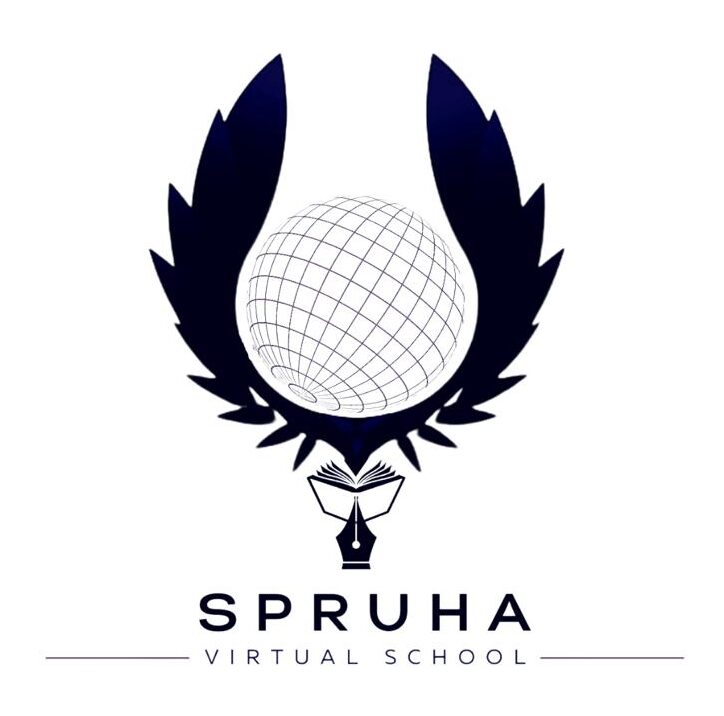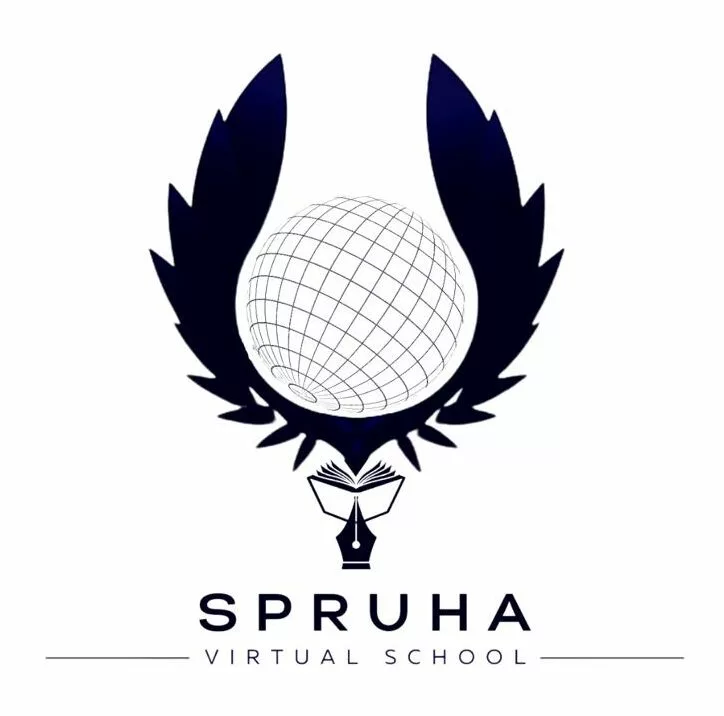In recent years, education has seen a significant transformation with the advent of virtual schooling. Traditional or regular schools have been the cornerstone of education for centuries, but the rise of digital technology has introduced new possibilities and challenges. This comprehensive analysis explores the differences, benefits, and potential drawbacks of regular schools and virtual schools to help students, parents, and educators make informed decisions.

Traditional Schools: An Overview
Structure and Environment
Traditional schools, also known as regular schools, have a structured environment where students attend classes in person. The day typically begins in the morning and ends in the afternoon, following a fixed schedule. Students move from one class to another, interact with teachers and peers, and participate in various extracurricular activities. The physical presence of students in a classroom setting is a key characteristic of regular schools.
Curriculum and Teaching Methods
Regular schools follow a standardized curriculum set by educational boards or authorities. This curriculum is delivered through face-to-face teaching, which includes lectures, discussions, group activities, and hands-on learning experiences. Teachers use a variety of instructional methods to cater to different learning styles and needs. Assessments are conducted through tests, quizzes, assignments, and projects to evaluate students’ understanding and progress.
Social Interaction and Extracurricular Activities
One of the significant advantages of regular schools is the opportunity for social interaction. Students engage with their peers, participate in group activities, and develop social skills. Extracurricular activities such as sports, music, drama, and clubs play a crucial role in holistic development. These activities foster teamwork, leadership, and a sense of community.
Benefits of Regular Schools
- Structured Routine: Regular schools provide a consistent routine, which helps students develop discipline and time management skills.
- Direct Interaction with Teachers: Face-to-face interaction allows for immediate feedback, personalized instruction, and stronger teacher-student relationships.
- Social Development: Regular interaction with peers enhances communication skills, empathy, and social awareness.
- Extracurricular Opportunities: Participation in various activities supports physical, emotional, and intellectual growth.
Challenges of Regular Schools
- Fixed Schedule: The rigid schedule can be challenging for students with other commitments or those who require a more flexible learning pace.
- Limited Individual Attention: In large classrooms, it can be difficult for teachers to provide individualized attention to each student.
- Geographical Constraints: Access to quality education can be limited by geographical location and the availability of resources.
Virtual Schools: An Overview
Structure and Environment
Virtual schools operate entirely online, allowing students to learn from anywhere with an internet connection. This flexible approach enables students to access educational content and participate in classes from the comfort of their homes. Virtual schools use various digital platforms and tools to deliver instruction and facilitate communication between teachers and students.
Curriculum and Teaching Methods
The curriculum in virtual schools is similar to that of regular schools, aligned with educational standards. However, the delivery method differs significantly. Instruction is provided through pre-recorded videos, live online classes, interactive modules, and digital resources. Virtual schools often use learning management systems (LMS) to organize content, track progress, and administer assessments. Students can review materials at their own pace and revisit lessons as needed.
Flexibility and Accessibility
One of the primary advantages of virtual schools is flexibility. Students can schedule their learning around other commitments, such as extracurricular activities, part-time jobs, or family responsibilities. This flexibility is particularly beneficial for students who thrive in a self-paced learning environment. Virtual schools also offer accessibility to students who may not have access to quality education due to geographical or physical constraints.
Benefits of Virtual Schools
- Flexibility: Students can create personalized schedules and learn at their own pace, accommodating other commitments and learning preferences.
- Accessibility: Virtual schools provide access to education for students in remote or underserved areas and those with physical disabilities.
- Technology Integration: Exposure to digital tools and resources enhances technological literacy and prepares students for a digital future.
- Individualized Learning: Virtual schools can offer personalized learning experiences, allowing students to focus on areas where they need improvement.
Challenges of Virtual Schools
- Limited Social Interaction: Lack of face-to-face interaction can impact the development of social skills and relationships with peers.
- Self-Motivation and Discipline: Success in virtual schools requires a high level of self-motivation, discipline, and time management skills.
- Technological Barriers: Reliable internet access and access to digital devices are essential, which may not be available to all students.
- Reduced Extracurricular Opportunities: Virtual schools may offer fewer opportunities for physical activities and hands-on learning experiences.
Comparing Regular and Virtual Schools
Learning Environment
- Regular Schools: Provide a structured, physical environment with scheduled classes, direct teacher supervision, and in-person interactions.
- Virtual Schools: Offer a flexible, digital environment with online classes, remote teacher support, and virtual interactions.
Social Development
- Regular Schools: Promote social development through daily peer interactions, group activities, and extracurricular participation.
- Virtual Schools: May limit social development due to reduced face-to-face interactions but can include virtual group activities and online forums.
Flexibility
- Regular Schools: Follow a fixed schedule with limited flexibility, requiring students to adhere to school hours and routines.
- Virtual Schools: Provide flexibility in scheduling, allowing students to learn at their own pace and manage their time independently.
Individual Attention
- Regular Schools: May struggle to provide individualized attention in large classrooms, but benefit from direct teacher-student interactions.
- Virtual Schools: Can offer personalized learning experiences through digital tools and resources, though direct interaction is limited to virtual communication.
Accessibility
- Regular Schools: Access may be limited by geographical location and resource availability, making quality education less accessible for some students.
- Virtual Schools: Enhance accessibility by allowing students to learn from anywhere, provided they have reliable internet and digital devices.
Case Study: Nehal Virtual School
Nehal Virtual School (NVS) exemplifies the benefits and challenges of virtual schooling. NVS offers a comprehensive online education program for students from grades 9 to 12, with a focus on affordability and quality education.
Curriculum and Instruction
NVS follows the National Council of Educational Research and Training (NCERT) syllabus, ensuring that students receive a standardized education. The school provides both live and recorded classes, allowing students to learn at their convenience. Teachers at NVS use a variety of digital tools to enhance instruction, including interactive modules, quizzes, and practical videos.
Flexibility and Accessibility
One of the standout features of NVS is its flexibility. Students can choose their study schedules and access recorded lessons anytime. This flexibility allows students to balance their studies with other commitments, such as competitive exam preparation or extracurricular activities. NVS is also accessible to students in remote areas, as long as they have internet connectivity.
Cost-Effectiveness
NVS is notable for its affordability. The school charges a nominal fee, making quality education accessible to a broader audience. For instance, the annual fee for grades 9 and 10 is approximately $80, while for grades 11 and 12, it is around $113. This cost-effectiveness is a significant advantage for students from economically disadvantaged backgrounds.
Technology and Resources
NVS integrates technology effectively into its teaching methods. Students receive e-notes, class PDFs, and access to practical videos. The use of technology not only makes learning more engaging but also prepares students for a digital future. Additionally, NVS conducts regular online tests, providing students with valuable feedback and performance insights.
Challenges
Despite its numerous benefits, NVS faces challenges common to virtual schools. Limited face-to-face interaction can impact social development, and students must be self-motivated to succeed. Access to reliable internet and digital devices is essential, which can be a barrier for some students. However, NVS addresses these challenges by offering robust support systems and engaging digital content.
Conclusion
Both regular schools and virtual schools have their unique advantages and challenges. Regular schools provide a structured environment, direct teacher-student interaction, and opportunities for social and extracurricular development. However, they may lack flexibility and individualized attention.
On the other hand, virtual schools offer flexibility, accessibility, and personalized learning experiences. They are particularly beneficial for students who need a flexible schedule or live in remote areas. However, they require self-motivation, discipline, and access to reliable technology.
Ultimately, the choice between regular and virtual schools depends on individual needs, preferences, and circumstances. Both models have the potential to provide quality education and prepare students for future success. By understanding the strengths and weaknesses of each, students and parents can make informed decisions that best suit their educational goals.

